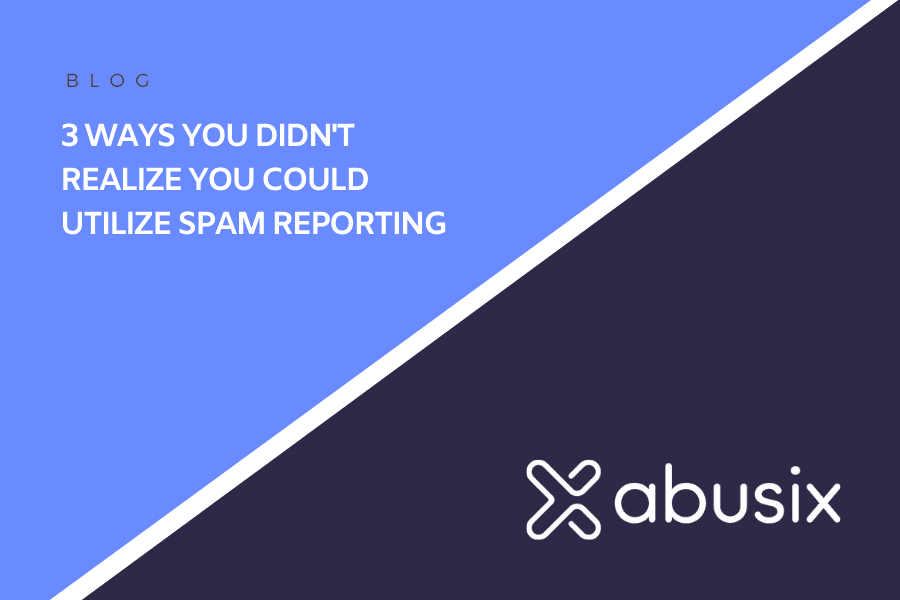(Editor’s Note: This blog article was updated on February 21, 2024)
Spam reporting can transform how your abuse or trust and safety team manages the safety and security of the network. There are various ways to utilize FBL (Feedback Loop) reporting, enabling you to maintain better control over security with greater efficiency and effectiveness.
(See also: 14 Best Practices for Adequately Protecting Your Network.)

1. Blind Spot Illumination
There are likely blind spots within your network; spam reports can illuminate these. It could be that you have a new customer you don’t know much about, one that shapeshifts and changes its business profile at night, or a long-term good customer who has become compromised or infected by a bot.
By using FBLs and processing your abuse-mailbox, blind spots are illuminated so you can contain and address problems. If you don’t get FBLs or process your abused mailbox, you will not notice the blind spots, so the server and network blocking issues will continue.
A third party can also be contracted to conduct a security test to identify additional flaws and blind spots. In the end, if there are no blind spots in your filters, spamware, or server port configurations, you can keep your company, your users, and the internet safe.
2. Identify Spam Content
It is essential to identify spam, especially since phishing sites are getting more creative in sending emails that float by spam filters and go undetected. Phishing leads to cybercrime, like ransomware, data theft, and financial fraud.
FBLs allow you to receive and identify spam content that passes by filters and ends up at end users. By evaluating the FBL returns, you can strengthen your filtering, uphold higher data standards, and reduce cybercrime for your company, your users, and others.
First, you will want to identify the spam source, a user, a domain, or an IP address. Next, you will want to analyze the spam itself. Is the message content what would usually be expected from this customer? Is the message malicious, or could it be malicious?
Just because FBL activity from one user is low doesn’t mean the user is okay. Normal users sending one-to-one emails aren’t often sending emails that get marked as spam, especially if they are phishing and requesting personal financial information.
(See also: Developing Your Abuse Handling Solution: Build Or Buy?)
3. Forewarn your network administrators.
Once you identify a problem, you can take corrective action, whether notifying (and possibly rate limiting) the user, wall gardening the server(s), or forewarning your network administrators of the threat so they can protect your systems.
Acting quickly and precisely, you will learn about trends early and stay on top of issues, allowing you to close any security loopholes and block attacks on your email, authentication, firewall, or other systems. Problems from within can be pernicious if they aren’t contained quickly.
In summary
When system administrators are aware of spam, they can easily control issues. This is why all postmaster operations should use a real-time blocklist for authenticating connections, verifying the authenticity of sender domains, checking for malicious domains and URLs, monitoring bounce rates, and receiving and processing FBLs (Feedback loops).
Ultimately, it comes down to addressing spammers promptly. Some people don’t realize they are spamming; to others, it is their business model. When it occurs on your outbound server, it must be terminated immediately.
The only way to address spam is to know it exists.
If you are ready to start implementing:
- A “This is Spam” FBL and report to other mail operators.
- A better way to filter outbound email is with Abusix Mail Intelligence.
- Identify network abuse in real-time using AbuseHQ’s automation.
Talk to our team to learn more.



